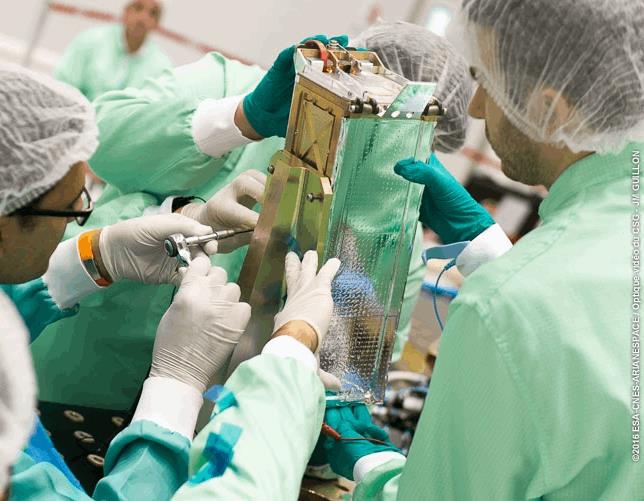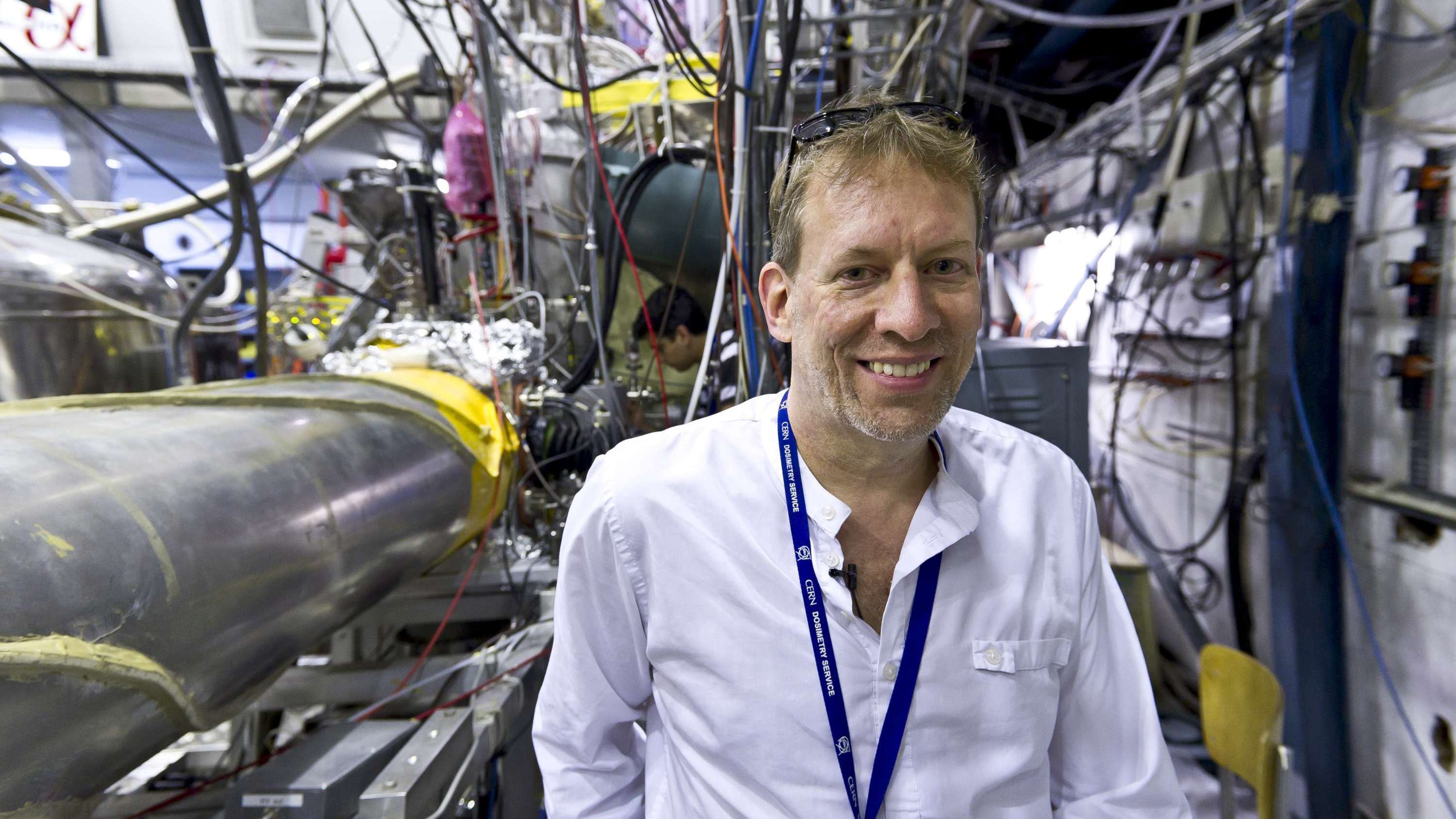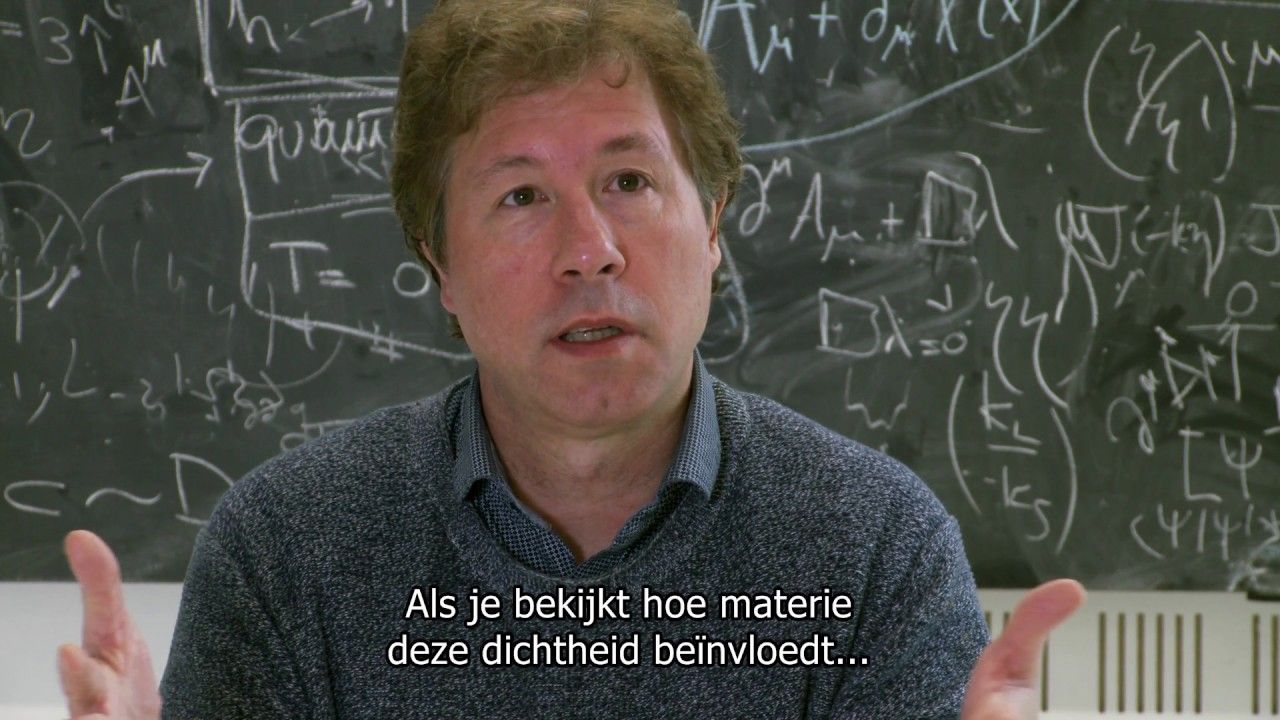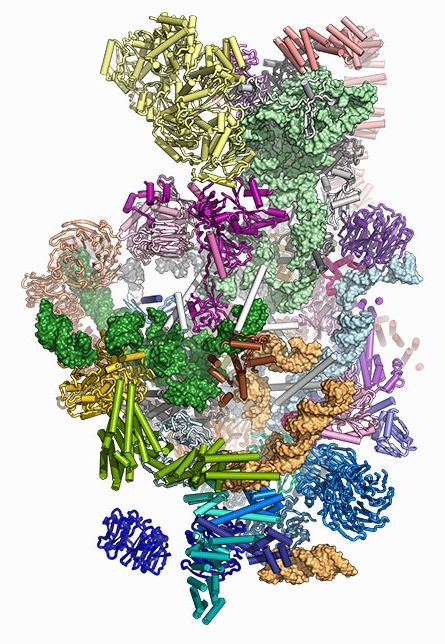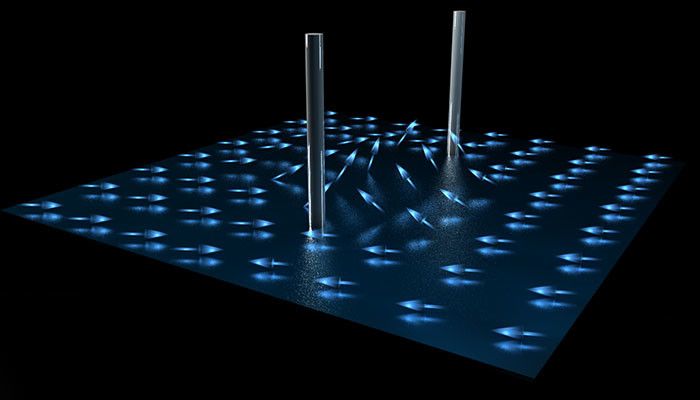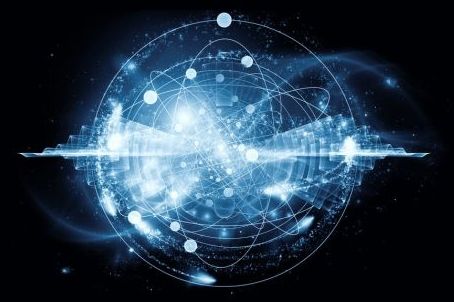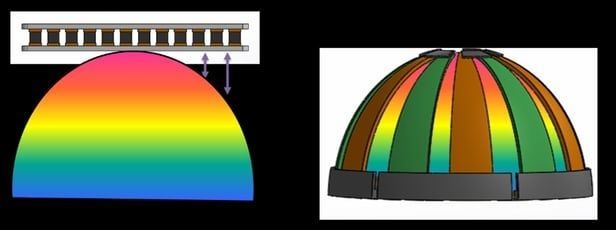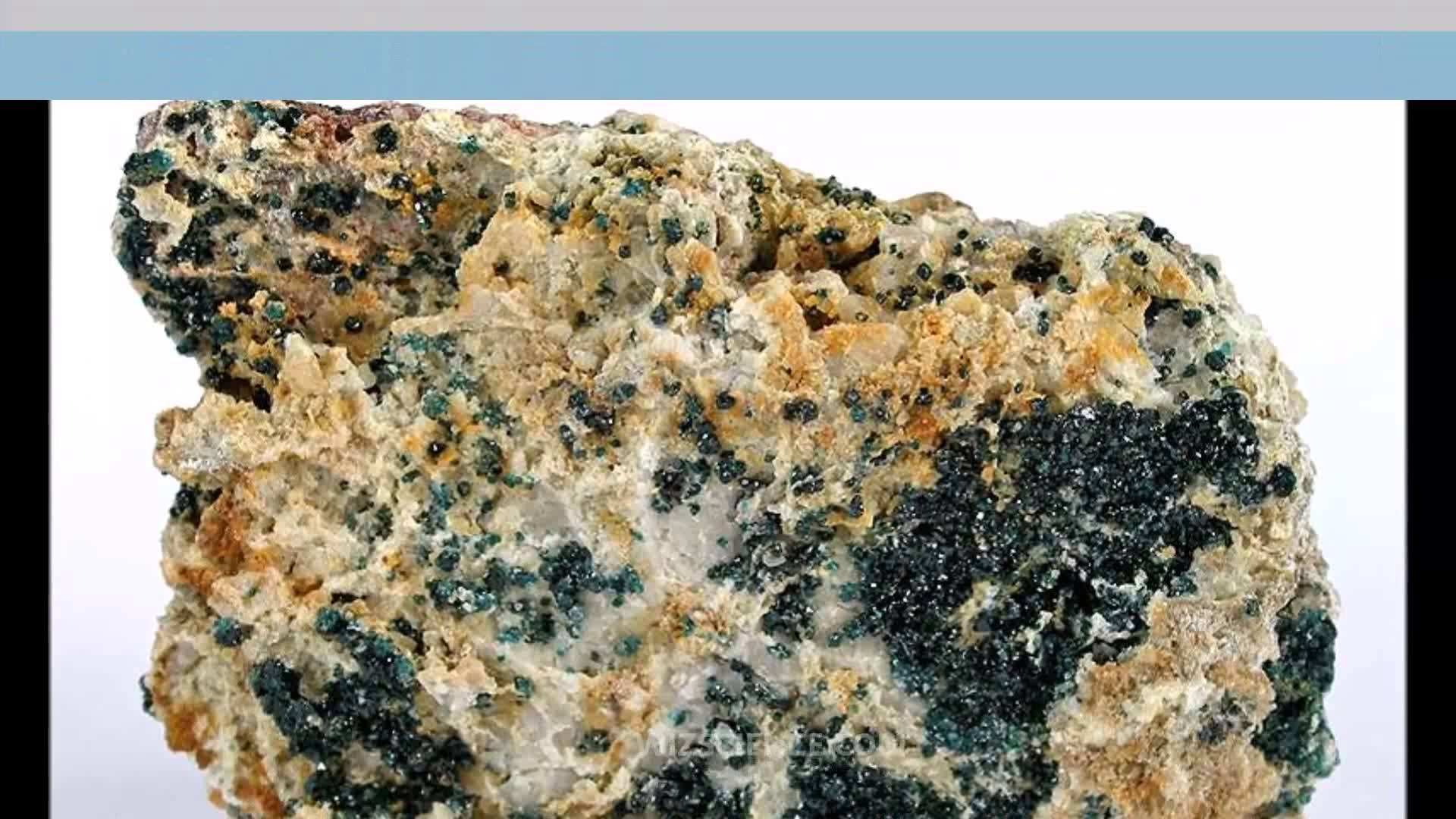Dec 21, 2016
Fiber Optics For Quantum Technology Research
Posted by Karen Hurst in categories: particle physics, quantum physics, space
Back in September 2015, Gooch & Housego reported on our work with cold atom technology on the FreezeRay project. Now, just over a year later, we’re happy to say that Gooch & Housego has successfully won funding for involvement in two further programs, CASPA and REVEAL, in a competition for the commercialization of quantum technologies. The contest is supported by Innovate UK and the UK National Quantum Technologies Programme.
CASPA (Cold Atom Space Payload) has the aim of developing a payload compatible with CubeSat and capable of producing cold atoms in space. As with all such projects, we are breaking new ground here and an effective demonstration of the prototype system – in this instance space will be the crucial first step towards commercializing instrumentation systems capable of recording minuscule changes in the earth’s gravitational strength. Such changes when mapped across the earth’s surface have the potential to be used in resource exploration or to geo-monitoring of polar ice mass, ocean currents and sea level changes.
CASPA will also evaluate the viability of using the technology in the provision of higher precision timing sources for next generation global positioning system (GPS) and also for deep space navigation. The program partners are e2v technologies Ltd, ClydeSpace, XCAM, Covesion, the University of Birmingham and the University of Southampton.
Continue reading “Fiber Optics For Quantum Technology Research” »
